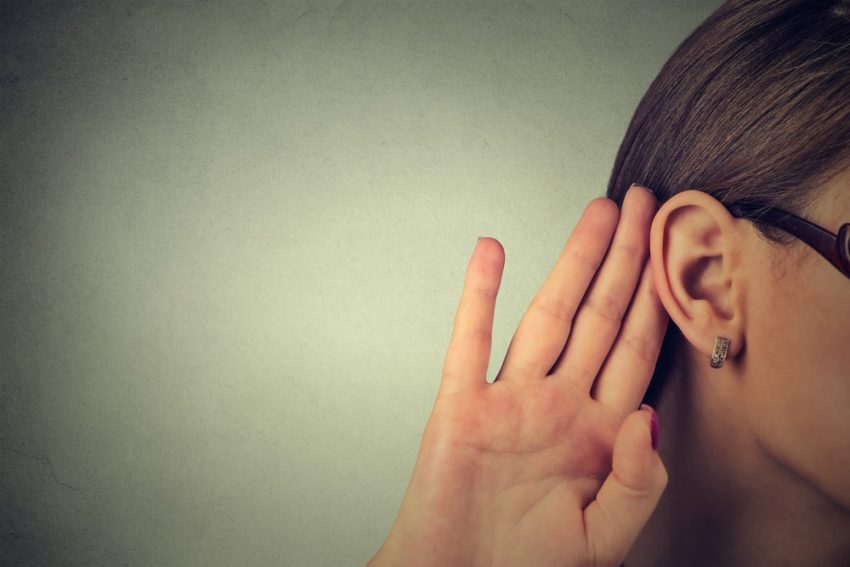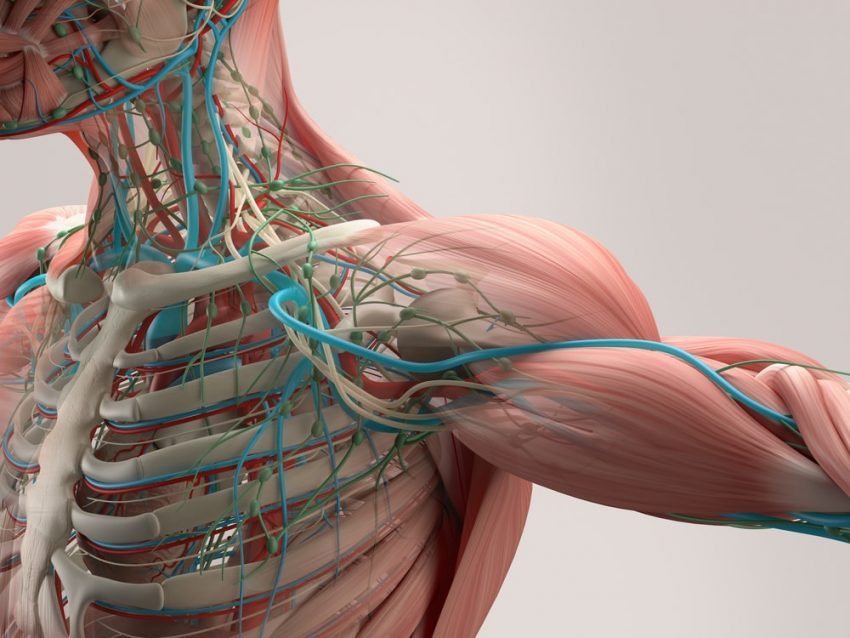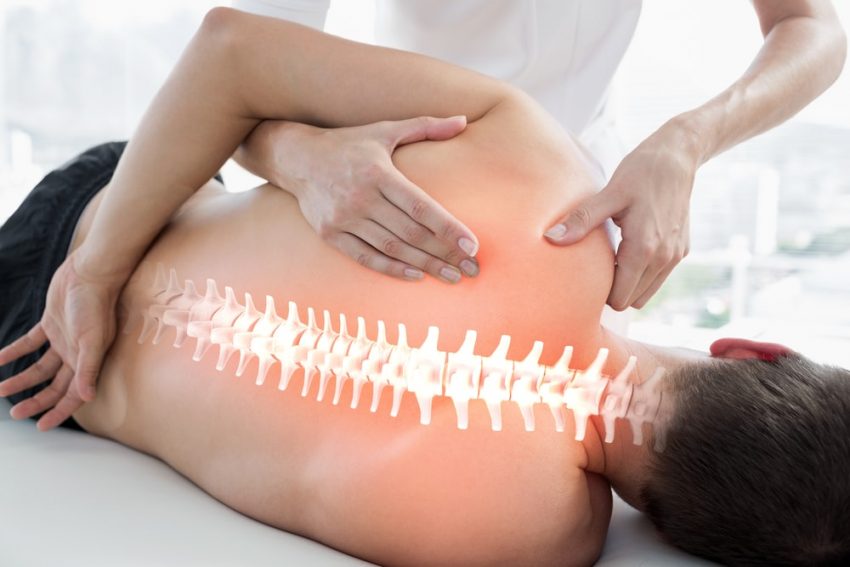The human body’s organs are composed of tissues that work collectively to perform specific functions within the body’s systems. Each organ functions as an anatomical and functional unit, with multiple tissues collaborating to carry out various tasks. Examples of organs include the stomach, heart, lungs, and liver.
The human body consists of approximately twenty organs, each fulfilling a fundamental function for the proper functioning of the organism.
The organs comprise the body’s structural framework, encompassing the most significant functional units and allowing for the deduction of their respective vital functions.
The functional organization of the human body follows an alternative approach, where the actions performed by the body’s systems and organs are analyzed. Based on this analysis, structures are organized to fulfill those specific functions.
Organ structure
The structure of organs can vary depending on their specific functions within the body. They can be smaller or larger, depending on the tasks they need to perform and any storage requirements they may have.
Physically, organs can be classified into two main categories: solid and hollow. Solid organs have a well-defined inner and outer parts and typically have a dense, compact structure. Examples of solid organs include the liver, kidneys, and spleen. Hollow organs, conversely, have a sac-like morphology and contain a hollow space or lumen lined by specialized membranes or tissues. Examples of hollow organs include the stomach, intestines, bladder, and blood vessels.
Organ donation
When a person dies, certain organs may retain some level of function, and medical advancements have allowed for procedures such as organ transplantation. Through these procedures, organs from deceased individuals can be transplanted into living recipients, giving them a chance for improved health and extended life.
Today, individuals can express their explicit intention to donate their organs to needy people. Doing so enables the possibility of their organs being utilized for transplantation after their death, provided the donor and recipient are compatible.
Complete list of organs of the human body
Next, the twenty-one organs of the human body will be mentioned, with a brief explanation of the functionality of each of them.
- Stomach: The organ responsible for crushing food, turning it into porridge so that it then passes to the intestine.
- Tongue: The mobile organ that performs functions such as hydration of the mouth and the food that enters it.
- Brain: The central part of the nervous system, with all the cognitive and emotional functions, in addition to controlling some vital activities such as movement.

- Lung: The organ responsible for respiration, that is, the gaseous exchange between air and blood, in the case of animals that carry out direct breathing.
- Heart. The main organ of the circulatory system, which functions as a blood pump, distributes it throughout the body.
- Eye. The visual organ detects light and converts it into impulses that travel to neurons, enabling vision.
- Ears. A set of organs that provide the sense of hearing and balance to the body.

- Thymus. Organ of the immune system, responsible for promoting the development of T lymphocytes, white blood cells that protect against foreign organisms.
- Liver. The glandular organ of man and other vertebrates secretes bile and stores nutrient substances, eliminating toxic substances.
- Urinary bladder. The organ that receives urine stores it and expels it through the urethra to the outside of the body.
- Pancreas. The organ responsible for producing enzymes that help digestion. It also produces hormones or substances that circulate throughout the bloodstream.
- Spleen. Vascular viscera of many vertebrates, with functions related to the blood and the immune system.
- Muscles. Tissues that generate movement by contracting or extending. They are attached to the skeleton by tendons.

- Clitoris. The female sexual organ works rhythmically with other parts of the interior of the vagina.
- Uterus. The organ where pregnancy occurs is the largest of the female reproductive system organs.
- Testicles. Glandular organs form the most important part of the male reproductive system.
- Prostate. The gland secretes a fluid that stimulates sperm movement.
- Penis. Copulatory and urinary organs of man and other male animals.
- Kidneys. A glandular organ located in the lumbar region, with the function of secreting urine.
- Ovaries. Female reproductive organ, secreter of sexual hormones and ovules.
- Bones. Firm, hard and resistant organs are part of vertebrates’ endoskeleton. It is what gives the body the structure it has.

